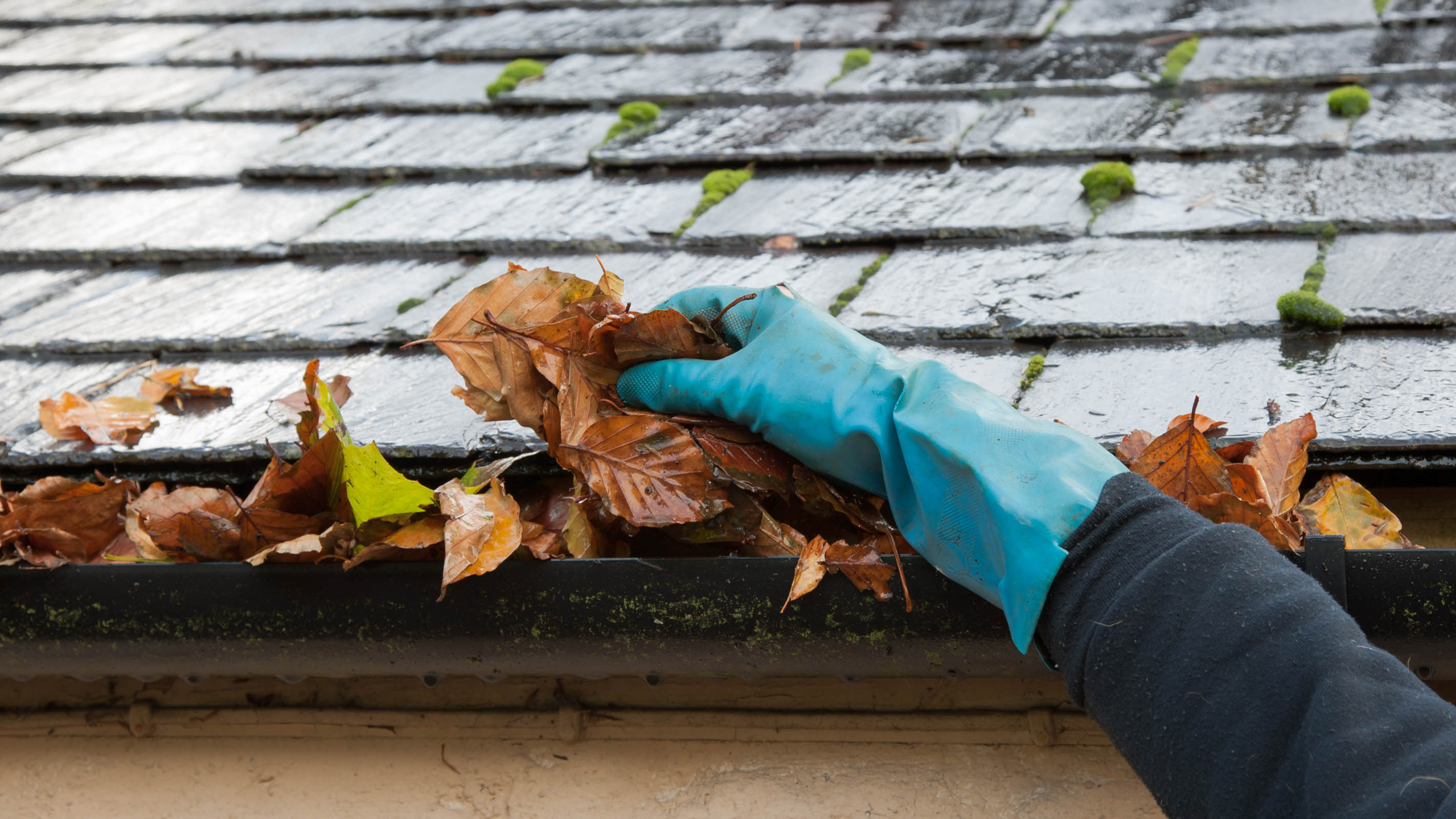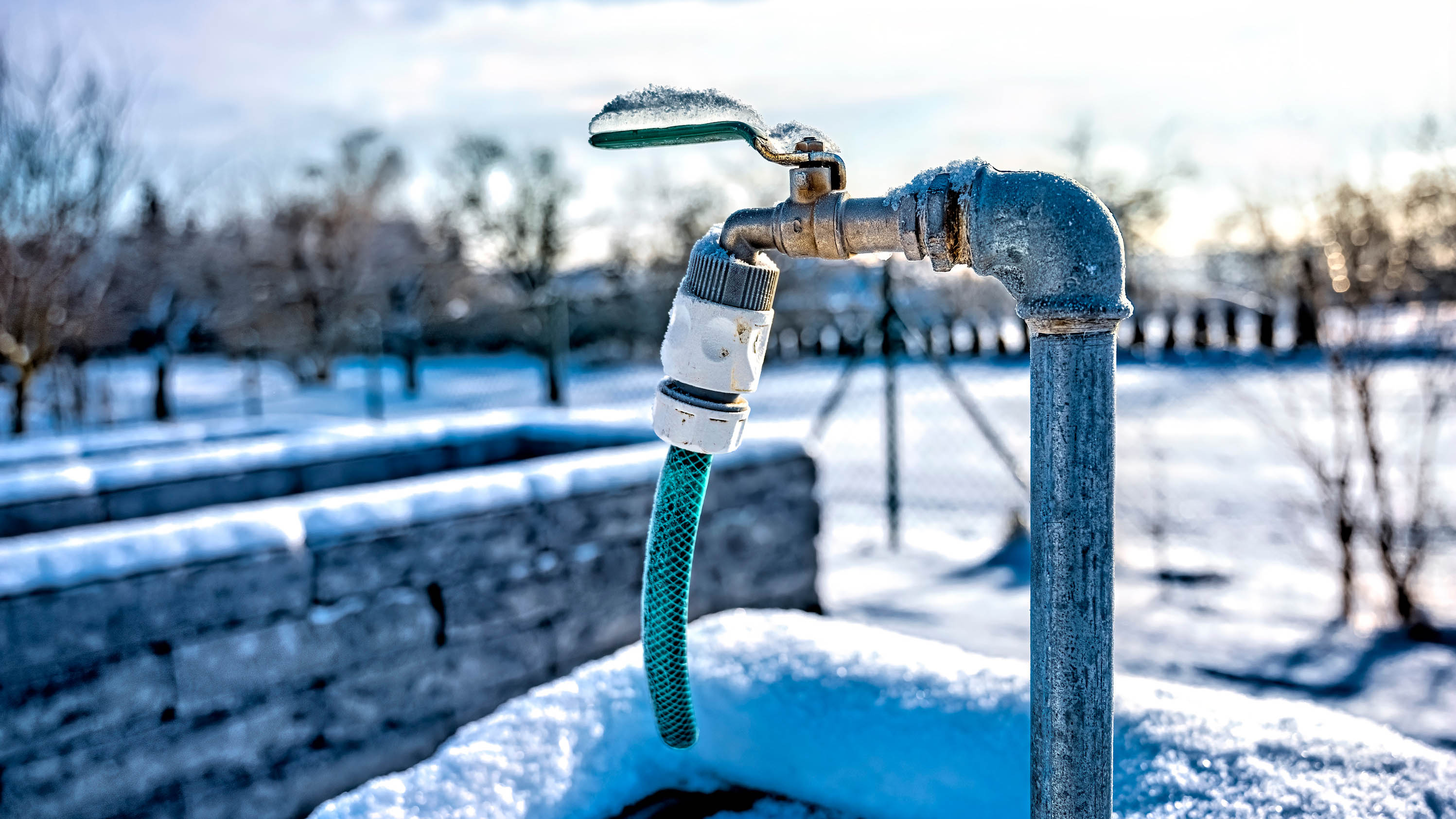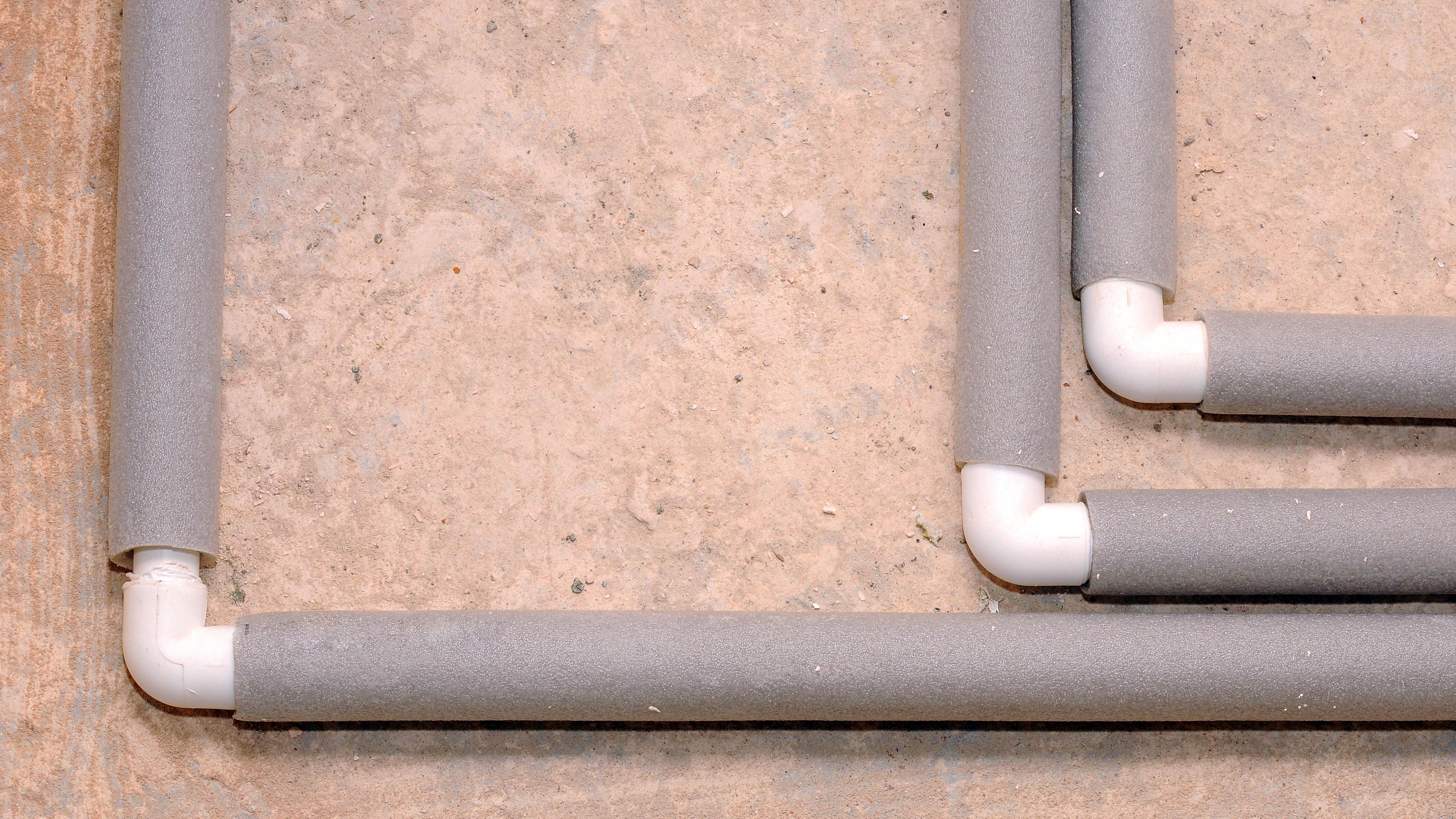12 tips to get your home ready for fall
Here’s what you need to do to prepare your home for this fall

The temperature is dropping and the nights are drawing in, which can only mean one thing — autumn is here. While it’s all too easy to cosy up indoors and prepare to hibernate, now’s the time to prepare your home. There’s a number of things you should do inside and out to prevent damage during the colder months. Here are the top tips to remember to do.
- Here's how to prune roses
- Check out how to winterize a sprinkler system
1. Clear off and cover outdoor furniture — Brush any dead leaves and debris away. It’s a good idea to cover up any furniture which could be damaged by heavy rain or frost. If your furniture didn’t come with a cover, you can buy one, such as the Patio Furniture Set Cover from Amazon. Make sure it’s weighed down or secured as well so high winds won’t remove it.
2. Cover vulnerable plants up — Not every plant will need covering, but more delicate, tropical plants will be susceptible to the cold temperatures and frost. If you’re not sure which plants to cover, check the care tags. If they’re small and portable, you could bring the vulnerable plants indoors, but if not, these will need to be either wrapped in fleece and tied with string, or will need a fleece bag sealing on top, which is the much easier option. The ANPHSIN 2 Pack Drawstring Plant Covers are a great choice from Amazon.

3. Turn off your outdoor faucets and irrigation systems — Make sure no water is left dripping or running from your outdoor faucets or irrigation systems as this can lead to water damage from frozen pipes. Remove any hoses and drain any water from the systems before shutting them off.
4. Clear your gutters and install gutter guards — No one loves doing this, but your gutters will quickly build up with leaves from fallen trees at this time of year. Take the time to clear your gutters and prevent water damage if they overflow. It’s a good idea to install gutter guards while you’re up there to stop them backing up from heavy rainfall. This Stainless Steel Micro-Mesh product is a good example from Amazon.
5. Drain the gas from your lawnmower — Any gas left in your lawnmower will expire while it’s stored over the winter, so you will have to empty it out. If the gas contains preservatives, you could save it to use in the springtime, or you could alternatively use it in your snow blower. Empty out what you can and then run your lawnmower until it’s completely dry before storing.
6. Make sure your generator has fresh gas — Generators give peace of mind at this time of year, but it's pointless if it doesn’t have fresh gas. Give it a trial run and make sure it’s fully functioning.
Get instant access to breaking news, the hottest reviews, great deals and helpful tips.

7. Insulate your home — Insulating your home, including the water pipes, not only keeps you warm, but it prevents damage such as peeling paint and burst pipes. Insulating can be as simple as investing in some thicker curtains and foam tubes to cover the water pipes. It’s worth doing as it saves you money in terms of energy to heat the house and the cost of potential repairs too.
8. Make sure your home is ventilated — If you don’t want mold growing on your walls over the winter, make sure your home is adequately ventilated. When a room is left particularly humid, such as the bathroom after a shower, open up a window to help air it. Alternatively, you could use one of the best dehumidifiers to help.
9. Service your boiler — The last thing you want breaking over the next few months is your boiler, so get it checked to ensure it’s functioning properly. If it needs replacing, now is the time to do it.

10. Clean your fireplace — This is especially important if you haven’t used it in some months and plan to do so over the winter. First, get rid of any loose ashes with a broom or shovel. If you have a brick hearth and walls, scrape away the excess ash with a wire brush or sponge, then spray and clean the bricks with a solution of equal parts white vinegar and water. It’s good practice to check the roof as well in case any fallen branches are blocking the chimney. And get a chimney sweep to clean out the inside of the flue to remove any soot or residue that may have built up inside.
11. Check your snow blower — Your snow blower likely won’t have been used in some time, so give it a test run now before you need it. If there are any problems or repairs, it’s much easier to take care of them before the snow falls. You will need to fill it up with fresh fuel and check the oil as well as the tire pressure.
12. Cover your air conditioner — If you have a central AC system, it's a good idea to cover up the outdoor section with a tarp or some other protective covering. Just make sure you don't run it after you cover it up! If you have window air conditioners, remove and store them, too. Not only will your closed window provide better insulation, but it will prevent excess wear and tear on your air conditioner.
Get ready for the fall holidays with these tips and guides
- How to make your Halloween pumpkin last longer
- How to make a no-carve pumpkin for Halloween — DIY tips and tricks
- The best turkey fryers for Thanksgiving

Katie Mortram used to be a Homes Editor for Tom's Guide, where she oversaw everything from kitchen appliances to gardening tools, as well as smart home tech. Specializing in providing expert advice for cleaning and home manintenance, she now works as Household Advice Editor for Good Housekeeping.
